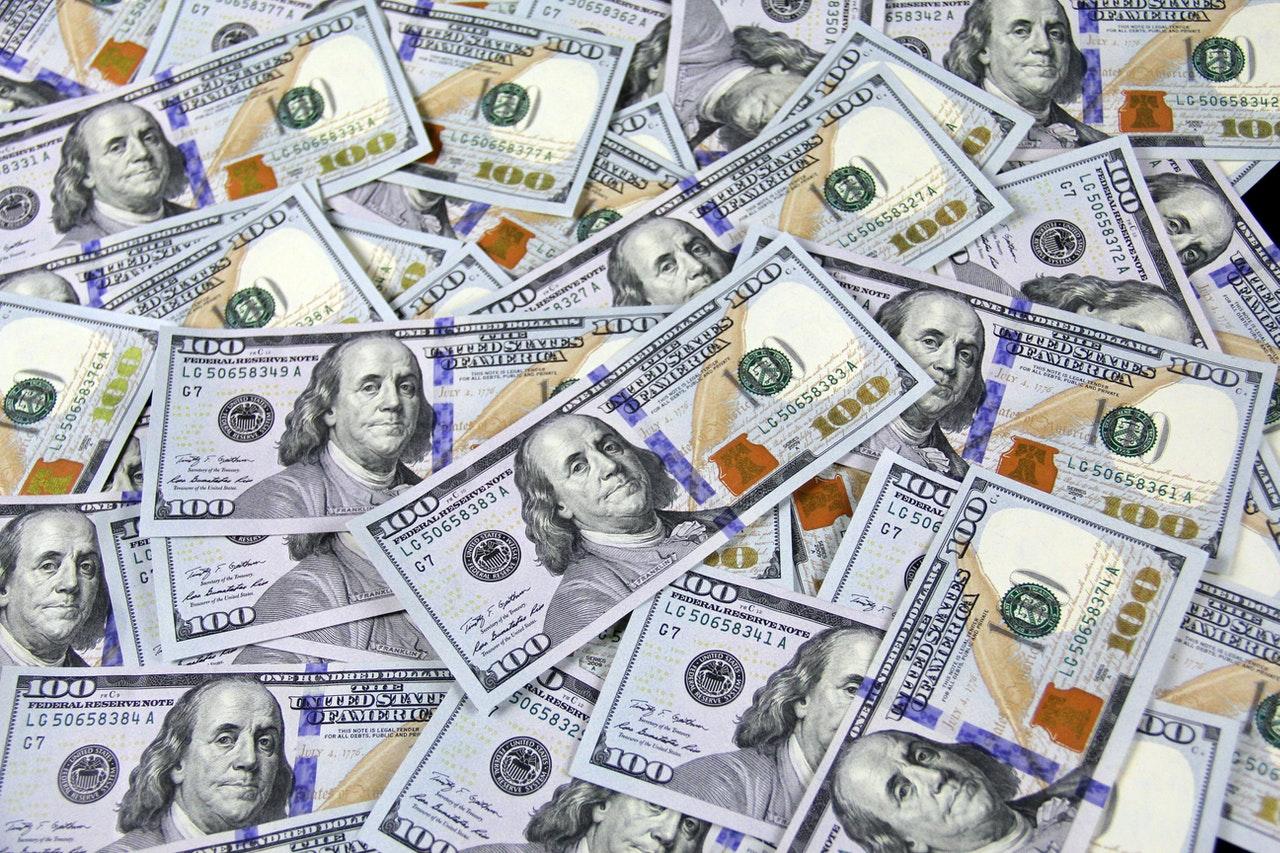Jack Dorsey Predicts Hyperinflation, Economists and Wood Disagree
While the Fed has maintained that high inflation is transitory, Jack Dorsey thinks that we’re headed for hyperinflation.
Oct. 26 2021, Published 12:35 p.m. ET

U.S. inflation was 5.4 percent in September. The headline inflation has been running above 5 percent for quite some time now and is way above the 2 percent inflation that the Fed targets. While the Fed has maintained that high inflation is transitory, Jack Dorsey thinks that we’re headed for hyperinflation.
When inflation rises at a steep pace and gets out of control, it's referred to as "hyperinflation." Prices of most goods and services in an economy rise sharply in a hyperinflationary environment. The country’s currency also falls in value in hyperinflation-like conditions.
Why is U.S. inflation rising?
Before we analyze what Dorsey and others think about hyperinflation, let’s discuss why inflation is running at a multi-decade high. Simply put, it’s a perfect storm—the demand and supply-side factors are leading to inflation. U.S. consumer demand has been strong and there's a lot of pent-up demand after the slump in 2020.
Many industries are facing supply-side bottlenecks, which are leading to a demand-supply mismatch and higher prices. Prices of most raw materials from steel to copper have risen, which is also leading to cost-push inflation. Finally, the rise in energy prices is leading to higher logistic and transportation costs, which are also fueling inflation.
Jack Dorsey on hyperinflation
Recently, Dorsey expressed his views on hyperinflation and tweeted that “soon” hyperinflation would happen in the U.S. and then spread to the entire world. He also said that hyperinflation would “change everything.” While many fund managers like Warren Buffett and Paul Tudor Jones have expressed concern about rising prices, not many people buy Dorsey’s argument on hyperinflation.
Cathie Wood doesn't agree with Dorsey.
Cathie Wood of ARK Invest, who's known for her growth investing, doesn't think that we’re heading for hyperinflation. She expects prices to come down after the holiday season and provided her thesis in a series of tweets.
In one of the tweets, Wood said “once the holiday season passes and companies face excess supplies, prices should unwind. Some commodity prices - lumber and iron ore - already have dropped 50%, China’s crackdowns are one of the reasons. The oil price is an outlier and psychologically important.”
Economists don't believe that we’re headed for hyperinflation.
Most economists don’t agree that the U.S. economy is headed for hyperinflation. Prominent economist David Rosenberg said that hyperinflation warnings are “totally ridiculous.” Meanwhile, Rosenberg sounds like an alarmist on the other side of the argument. He thinks that the Fed’s tightening would lead to deflation in asset prices, which he forecasts would trickle down into deflation in the economy.
Is hyperinflation a legit concern?
Overall, hyperinflation doesn't look like a concern right now. After the holiday shopping boom dies down and the Fed embarks on its monetary policy tightening, we should see inflationary pressures subside.
The supply-side bottlenecks should also get better sometime next year. The demand growth in 2022 is widely believed to be lower than in 2021. Except for crude oil, most other raw material prices have also come down, which could also help cool inflation.
While inflation looks like it's here to stay and it isn't exactly transient like the Fed said in the past, warnings of hyperinflation don't appear to be justified right now.


